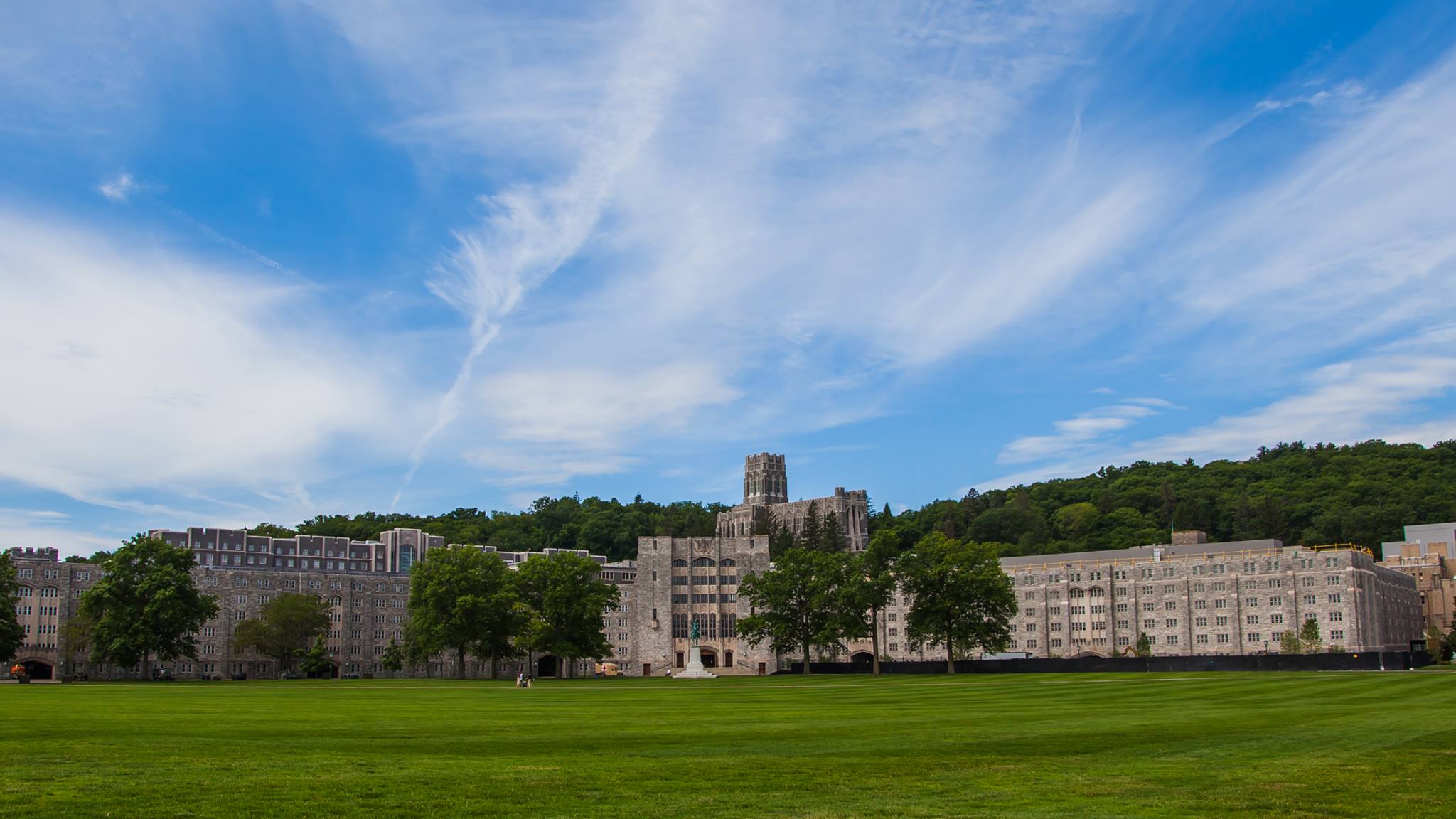Reveille, from the French réveiller (“to wake up”), originated in 17th–18th century European armies as a drum or bugle signal to rouse troops at dawn. Formalized in the British and later U.S. military, it marked the start of the duty day, prompting soldiers to rise, dress, and assemble. The traditional U.S. bugle call, composed around 1812, features a lively, ascending melody played at first light (typically 5–6 AM). In barracks and bases, it remains a daily ritual, symbolizing discipline, readiness, and unity—often followed by flag-raising and morning formation.
Reveille on bugle | West Point Bandhttps://t.co/0YUShA67DC@WestPointBandhttps://t.co/RTZEd0L8nI pic.twitter.com/Qk8SowaWOM
— Standards Michigan (@StandardsMich) November 8, 2025
🌲 When you’re out in the field, there are no shortcuts.
Survival training prepares cadets for those moments—teaching them how to navigate unknown terrain, sustain themselves with limited resources, and always stay mission-ready.
#CST2025 pic.twitter.com/36GPy4EApW— U.S. Military Academy at West Point (@WestPoint_USMA) June 16, 2025




















